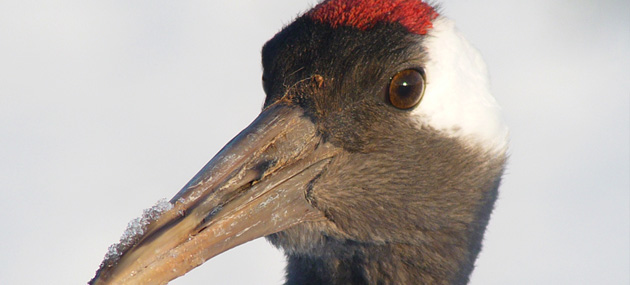Saga Prefecture
Higashiyoka Mudflats or Daijyugarami 佐賀県東よか干潟
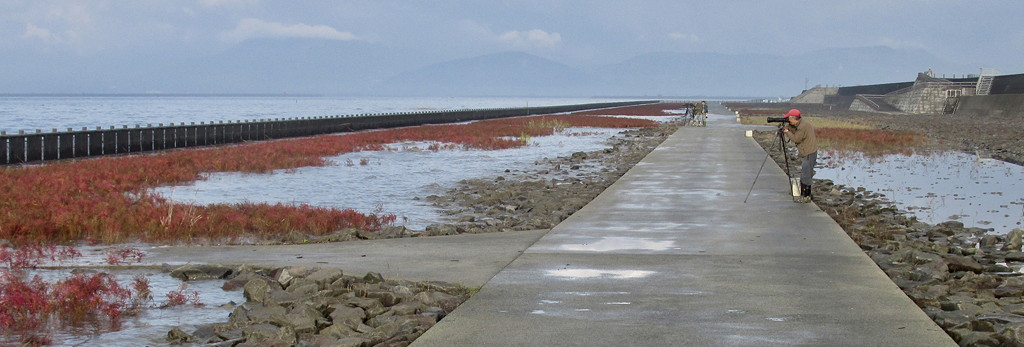
For shorebirds, Higashiyoka-higata (Daijyugarami) in Saga Prefecture is the place to be in Japan during the spring or autumn migration seasons and is also well-worth visiting during winter.

Located not far to the northwest of Saga International Airport, Higashiyoka-higata lies on a major flyway used by hundreds of thousands of waders as they migrate between their northeast Asian breeding areas and their Southeast Asian or Australasian wintering grounds.
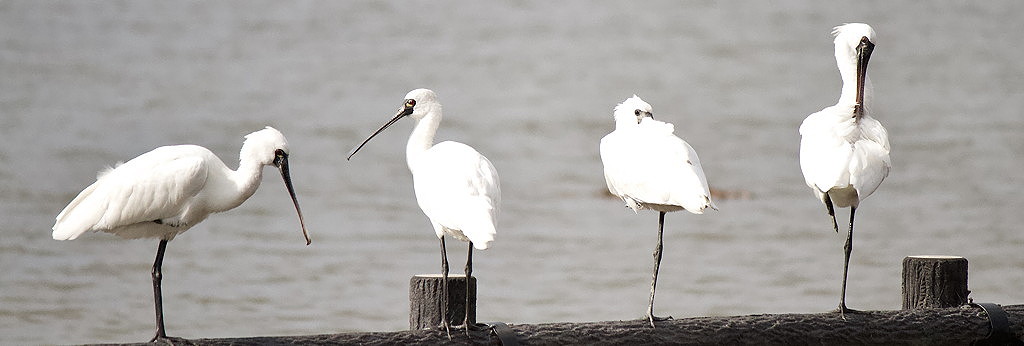
Mudflats along China's eastern coastline, the Korean Peninsula and the west coast of Kyushu act as magnets to these birds and are important places for them to take a rest and refuel as they migrate north or south along the East Asian-Australasian Flyway.
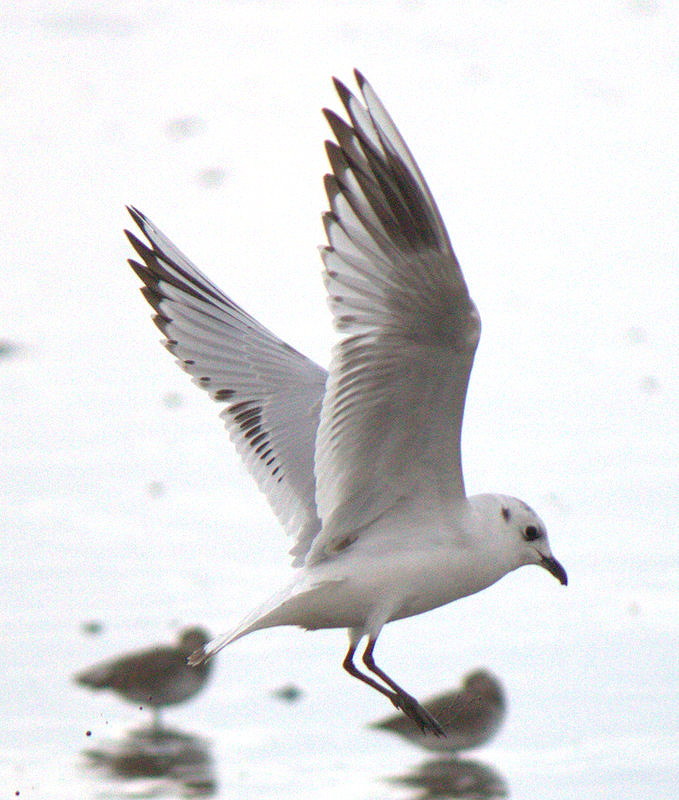 A wide range of more than 20 species of shorebirds can be found here, including Eurasian Curlew, Bar-tailed Godwit, Dunlin, Common Redshank, Common Greenshank, Red-necked Stint, Grey Plover, Mongolian Plover and Kentish Plover. Scarcer species recorded annually here include Far Eastern Curlew, Broad-billed Sandpiper and Great Knot. Various rarities have also been recorded here such as Nordmann's Greenshank, Asiatic Dowitcher and Spoon-billed Sandpiper and this is where Japan's first Hudsonian Godwit was found.
A wide range of more than 20 species of shorebirds can be found here, including Eurasian Curlew, Bar-tailed Godwit, Dunlin, Common Redshank, Common Greenshank, Red-necked Stint, Grey Plover, Mongolian Plover and Kentish Plover. Scarcer species recorded annually here include Far Eastern Curlew, Broad-billed Sandpiper and Great Knot. Various rarities have also been recorded here such as Nordmann's Greenshank, Asiatic Dowitcher and Spoon-billed Sandpiper and this is where Japan's first Hudsonian Godwit was found.
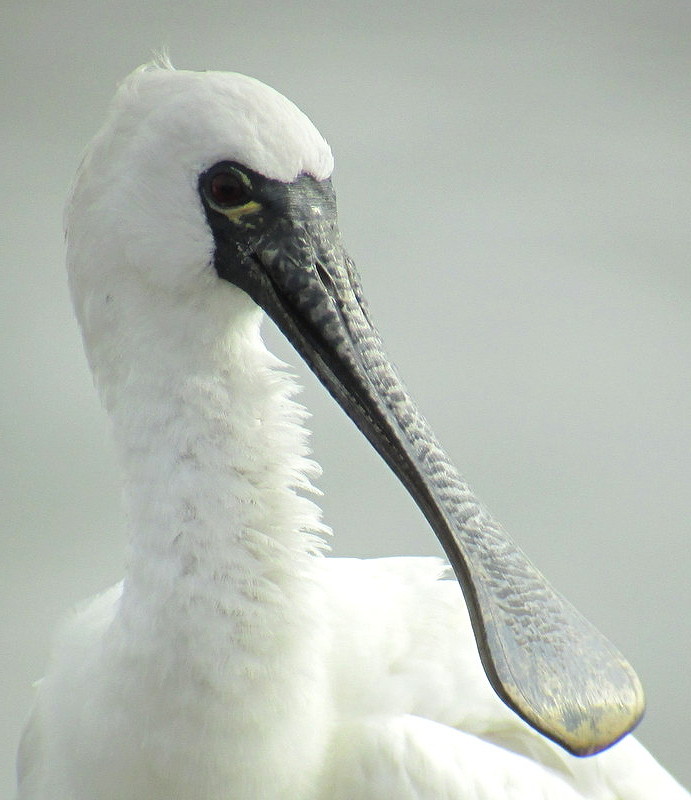 Other species, not only shorebirds, use this important wetland. From autumn through winter into spring also look for Saunders's Gull, Common Shelduck and Black-faced Spoonbill. It's also definitely worth checking through the gulls to see if there are any unusual species around, such as Pallas's Gull or Heuglin's Gull — one lucky observer even found a Slender-billed Gull there.
Other species, not only shorebirds, use this important wetland. From autumn through winter into spring also look for Saunders's Gull, Common Shelduck and Black-faced Spoonbill. It's also definitely worth checking through the gulls to see if there are any unusual species around, such as Pallas's Gull or Heuglin's Gull — one lucky observer even found a Slender-billed Gull there.
The best time to visit is an hour or so before high tide, and immediately after the tide begins to fall. Then the birds are close and the spoonbills often roost on the poles a matter of metres from the walkway, and the gulls sometimes fly overhead! As the tide falls the very extensive mudflats are revealed and when the tide is fully out the birds are often too far away to identify.
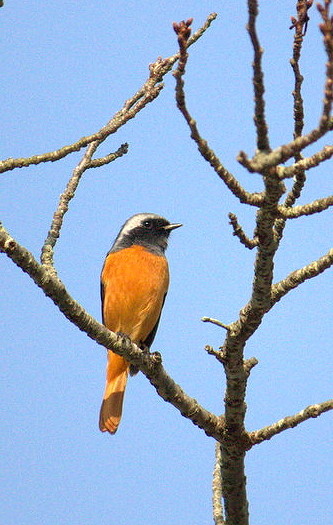 Nearby agricultural fields hold the endemic Green Pheasant, and in winter there are roving flocks of Eastern Rook, sometimes with Daurian Jackdaw mixed in amongst them. An assortment of small birds such as pipits, buntings and even Daurian Redstart winter in the area.
Nearby agricultural fields hold the endemic Green Pheasant, and in winter there are roving flocks of Eastern Rook, sometimes with Daurian Jackdaw mixed in amongst them. An assortment of small birds such as pipits, buntings and even Daurian Redstart winter in the area.
During October and November and again in February and March, Hooded Crane and White-naped Crane may pass over during their migration to and from Izumi, further south, in Kagoshima Prefecture.
Access:
Higashiyoka-higata is about a 90-minute drive from Hakata Station via the Nagasaki Expressway or about a 15-minute taxi ride from Saga Airport. Rental cars are available at the airport. By car from Saga Station it takes about 30 minutes.
Map information: 33.172585, 130.270747
Park information:
http://kyushu.env.go.jp/to_2017/data/Higashiyoka-higata%28英語版%29.pdf

© 2020 Mark Brazil & Chris Cook
Last updated: 20200513

